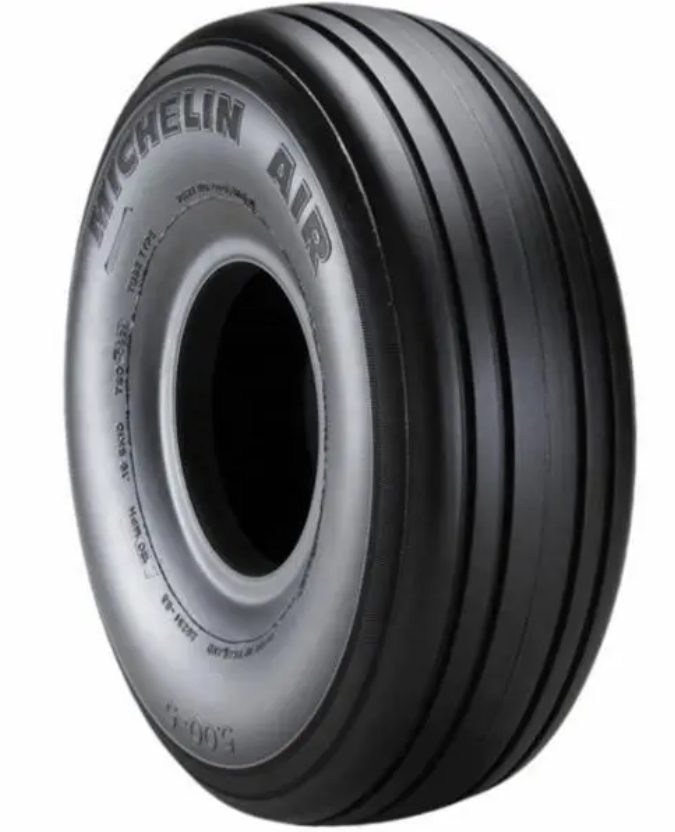Pet-Friendly Pest Treatment: Ensuring Safety and Comfort for Your Furry Friends
Pest control is an essential aspect of maintaining a clean and healthy home. However, for pet owners, managing pests involves a unique set of considerations. The health and safety of pets are paramount, and traditional pest control methods can sometimes pose risks to our furry friends. Fortunately, pet-friendly pest treatment is available, allowing you to keep pests at bay without compromising the well-being of your pets. This article explores effective pet-friendly pest control strategies and provides tips on maintaining a safe environment for both your pets and your family.
Understanding Pet-Friendly Pest Treatment
Pet-friendly pest treatment involves using methods and products that are safe for pets, particularly when applied correctly. The goal is to eliminate or repel pests while minimizing any potential harm to animals. Here are several key strategies and products that ensure pest control is both effective and pet-safe:
- Natural and Organic Solutions
Natural and organic pest control solutions are often less harmful to pets. These include essential oils, diatomaceous earth, and vinegar. For example:
- Essential Oils: Oils like peppermint, lavender, and eucalyptus can repel pests such as fleas and ticks. They are generally safe for pets when used in diluted forms and applied in areas where pets cannot directly ingest or come into contact with the concentrated oils.
- Diatomaceous Earth: This powdery substance, made from fossilized algae, can kill insects by dehydrating them. It is safe for pets as long as they do not ingest large amounts of it.
- Vinegar: A solution of vinegar and water can deter ants and other pests. It’s a safe, non-toxic option for pet owners.
- Professional Pet-Friendly Pest Control Services
Many pest control companies now offer services designed with pets in mind. These professionals use products and techniques that are safe for animals and follow protocols to minimize exposure. When selecting a pest control service, inquire about their pet-safe practices and ask them to use products that are specifically labeled as non-toxic to pets.
- Non-Toxic Rodent Control
Rodent control can be challenging, as traditional traps and poisons can be hazardous to pets. Opt for non-toxic rodent control methods such as:
- Catch-and-Release Traps: These traps allow you to capture and release rodents without using poisons.
- Ultrasonic Repellents: These devices emit sound waves that deter rodents but are inaudible to pets.
- Integrated Pest Management (IPM)
IPM is a holistic approach to pest control that combines multiple strategies to minimize the use of harmful chemicals. This approach includes:
- Preventative Measures: Seal entry points, maintain cleanliness, and remove sources of food and water that attract pests.
- Monitoring: Regularly check for signs of pests to address issues early before they escalate.
- Selective Use of Products: When pesticides are necessary, use those that are specifically designed to be safe around pets and follow all safety instructions carefully.
Tips for Safe Pest Treatment Around Pets
Implementing pet-friendly pest control involves more than just choosing the right products. Here are some tips to ensure the safety of your pets during pest treatments:
- Read Labels Carefully: Always check the labels of any pest control products to ensure they are safe for pets. Look for indications of safety and follow recommended usage instructions.
- Keep Pets Away During Application: Ensure that pets are kept away from areas where pest control products are applied. Allow the treated area to dry and ventilate before allowing pets back into the space.
- Store Products Securely: Keep all pest control products, even those considered pet-friendly, out of reach of pets to prevent accidental ingestion.
- Monitor Your Pets: After using pest control products, watch your pets for any signs of unusual behavior or health issues. If you notice anything concerning, consult your veterinarian immediately.
- Regular Cleaning: After applying any pest treatment, clean the area thoroughly to remove any residue that might come into contact with your pets.
Conclusion
Maintaining a pest-free home while ensuring the safety of your pets requires thoughtful consideration and careful choice of pest control methods. By opting for natural solutions, working with professional services that prioritize pet safety, and following best practices, you can effectively manage pests without compromising the well-being of your furry friends. With the right approach, you can achieve a harmonious balance between a pest-free environment and a safe, healthy space for your pets.





